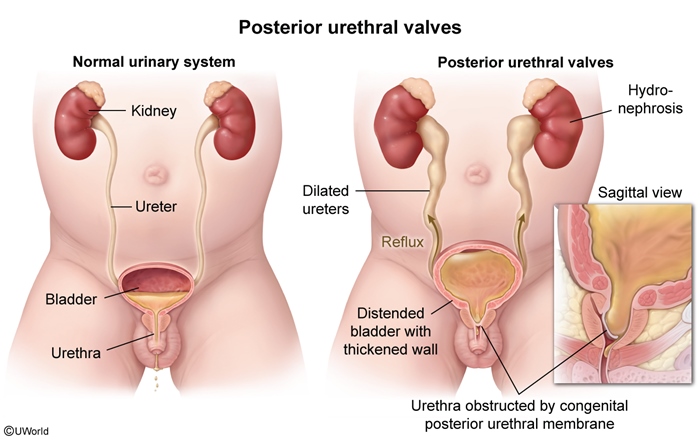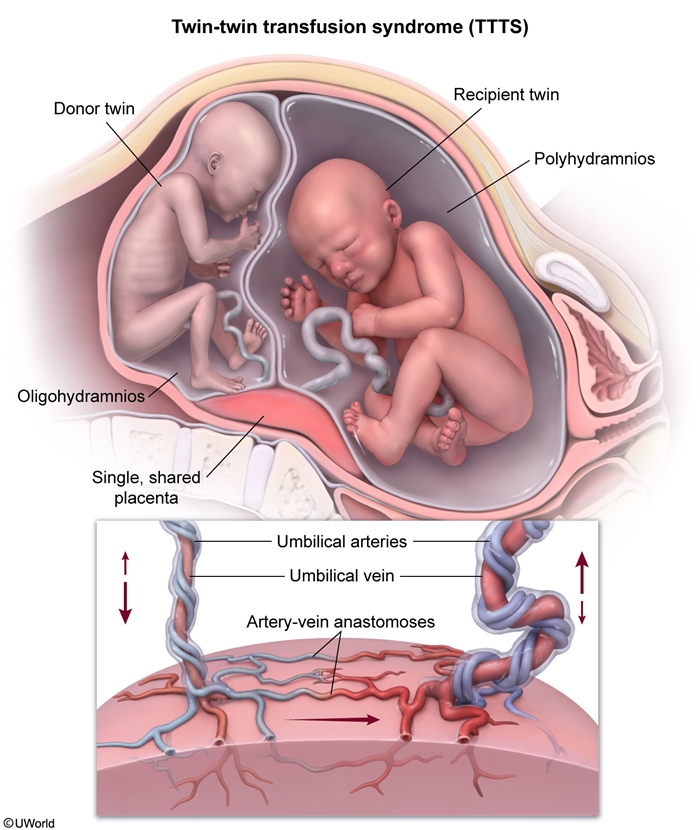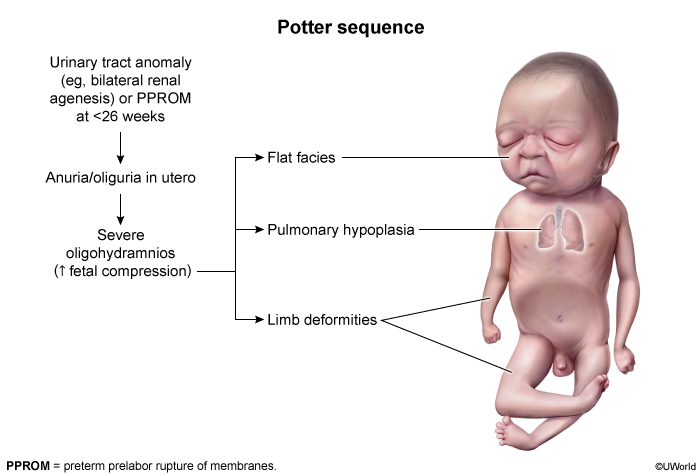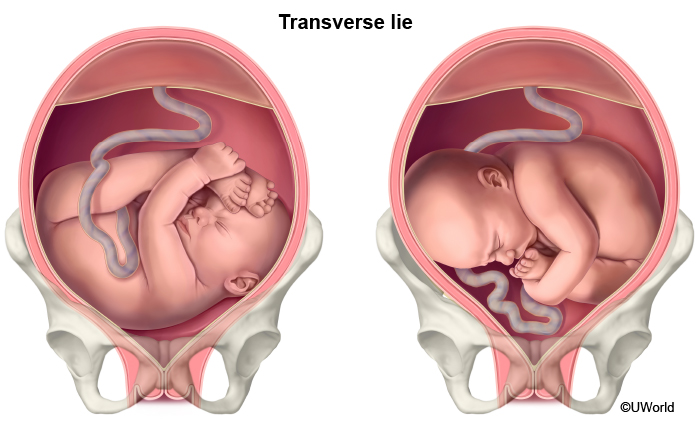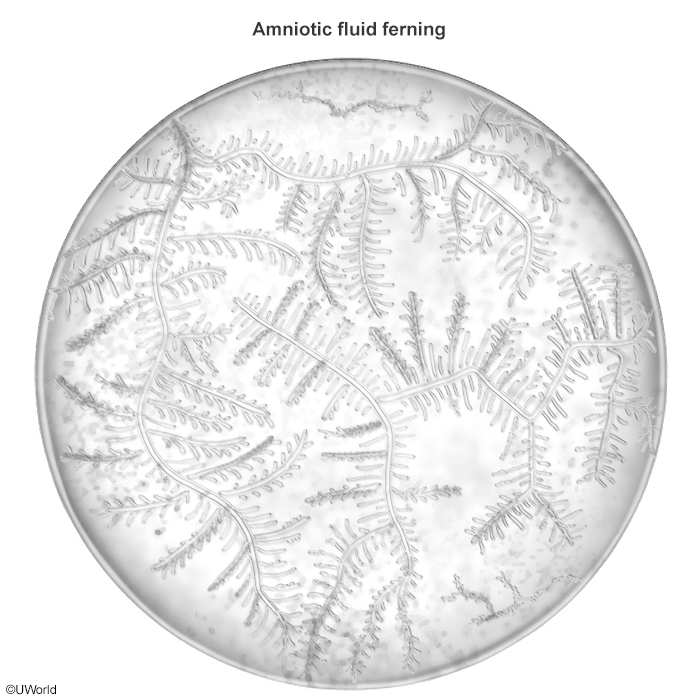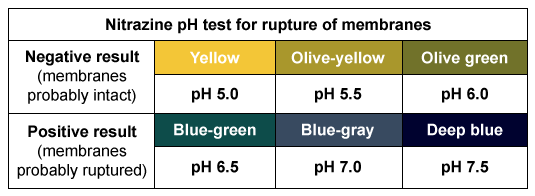Amniotic Fluid: An Overview
Article Sections
Introduction
Amniotic fluid is the fluid that surrounds and protects the developing fetus within the amniotic sac. It plays a critical role in fetal development (eg, lung and gastrointestinal maturation), movement, and protection. The volume of amniotic fluid is tightly regulated, and abnormalities such as oligohydramnios (low fluid) and polyhydramnios (excess fluid) can indicate underlying fetal or maternal pathology.
Production and regulation of amniotic fluid
Amniotic fluid is 99% water but also contains small amounts of proteins, carbohydrates, hormones, surfactant, electrolytes, and fetal cells. Amniotic fluid is completely replaced approximately every 24 hours, and the volume is maintained through a balance of production and removal.
Prior to 10 weeks gestation, the sources of amniotic fluid include:
- The placental surface.
- Secretions from the surface of the embryo.
Continue Learning with UWorld
Get the full Amniotic Fluid: An Overview article plus rich visuals, real-world cases, and in-depth insights from medical experts, all available through the UWorld Medical Library.
Figures
